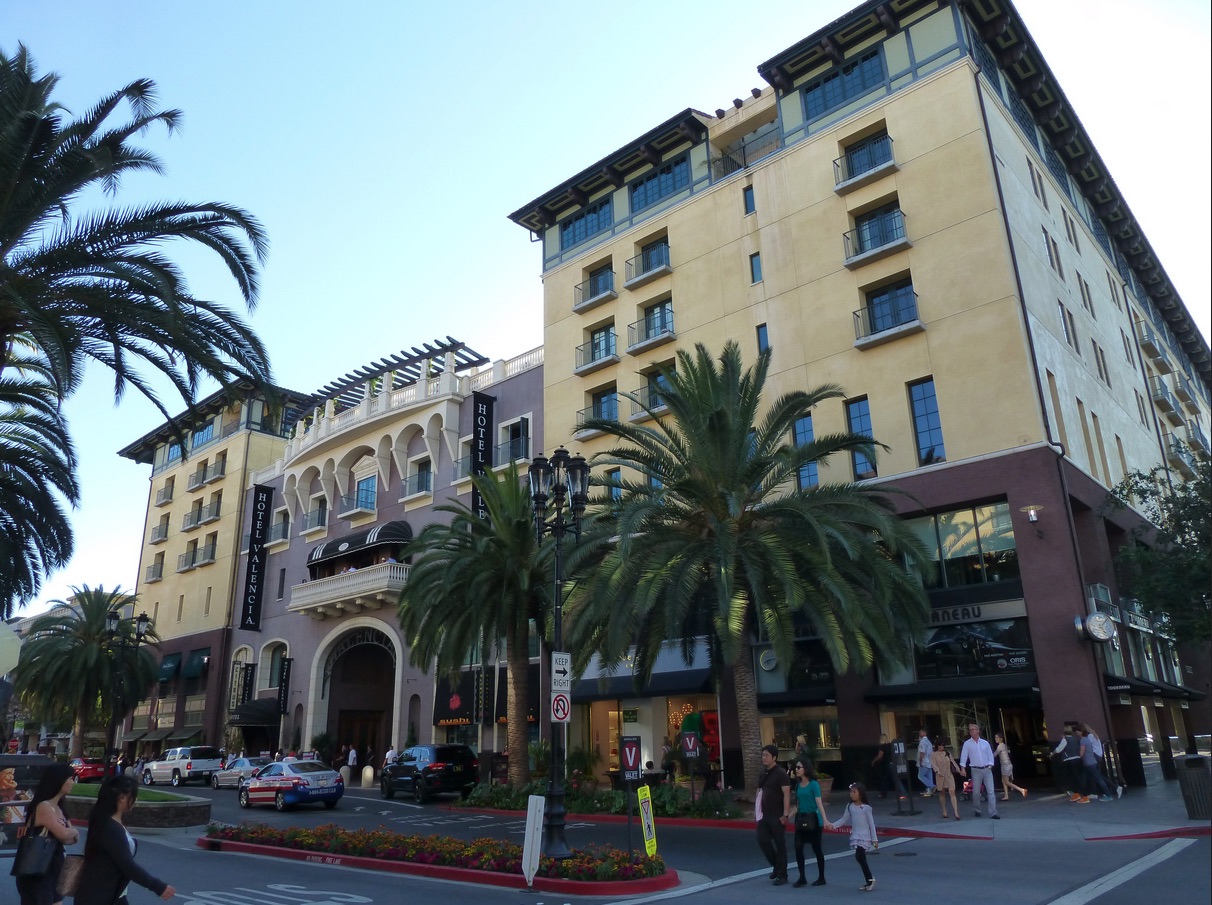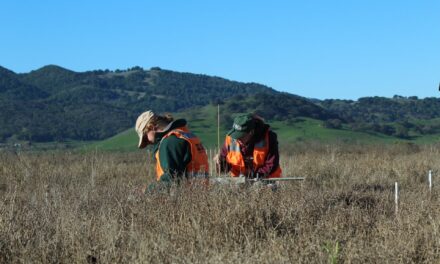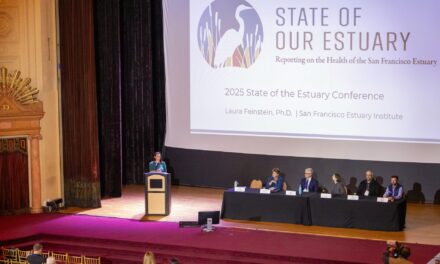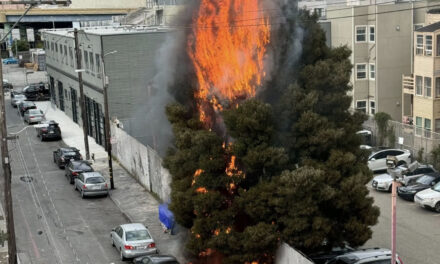Silicon Valley Reboots on Adaptation Work
With the aid of a $150,000 grant from the National Fish Wildlife Foundation, Santa Clara County embarked on a substantial new resilience planning effort this summer. In June the county’s Office of Sustainability convened the first meeting of the County Climate Collaborative, bringing together cities, CBOs and other key partners to identify adaptation and resilience priorities.
“Climate change is not a local problem,” says project lead Magdalena Sta Maria. “The collaborative is meant to help us figure out how to move as a region, and give cities a chance to chime in on what they think should be a priority based on their communities.”
The collaborative will help develop the Santa Clara County Resiliency Strategy for sea level rise and flooding, which will prioritize protecting ecosystems as well as communities. In August the county contracted with Blue Point Planning to develop the strategy, together with the Farallon Strategies and San Francisco Estuary institute. The strategy is due by the end of 2022; after that, says Sta Maria, the hope is to continue the collaborative, with working groups tackling different priority areas such as wildfire and transportation.
Both the climate collaborative and the resilience strategy will be aided by an updated version of Silicon Valley 2.0, a climate change preparedness decision-support tool that models future climate change impacts on county assets and the resulting financial costs. “Originally the tool was focused just on hard assets, not people assets,” says Sta Maria. “Now we are adding community vulnerabilities and health impacts,” as well as updating the underlying data to reflect more recent climate change projections. The update is expected to be complete in early 2022.
MORE
Other Recent Posts
Who Will Inherit the Estuary? Training for a Rough Future
The six-month program teaches students aged 17 -24 about the challenges facing communities around the SF Estuary, from Stockton to East Palo Alto.
Split Verdict Over State of the Estuary
Habitat restoration and pollution regulations are holding the Bay steady, but the Delta is losing some of its ecological diversity, says SF Estuary Partnership scorecard.
Volunteers Catch and Release Tiny Owls For Science
In Santa Rosa, citizen scientists capture northern saw-whet owls to help further research on climate impacts to the bird.
Antioch Desalination Plant Could Boost Local Water Supply
The $120 million plant opened this fall and treats 8 million gallons of brackish water a day, 75% of which is drinkable.
How Cities Can Make AI Infrastructure Green
Data centers fueling AI can suck up massive amounts of energy, water and land, but local policies can mitigate the impact.
What to Know about PFAS in Tri-Valley Water
In this nonfiction comic, explore how the city of Pleasanton is dealing with PFAS- contaminated groundwater.
ReaderBoard
Once a month we share reader announcements: jobs, events, reports, and more.
Artist Repurposes Shoreline Detritus
Courtney Griffith scours beaches and parks for everything from plastic to charcoal, mangled ropes and burnt wood to use in her work.










